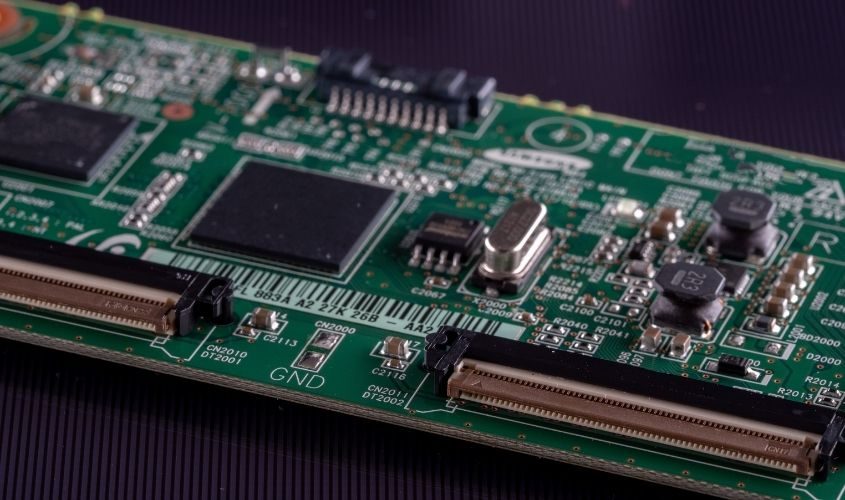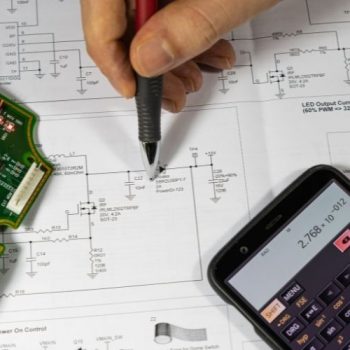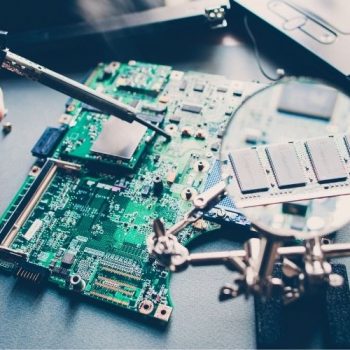Whether you’re using a PCB design software or making one by hand, PCB design’s complex and takes proper planning. There are many different factors that influence the function of a PCB, and your design should balance them all. One trick that helps manage all these factors is using these five steps to create a custom PCB.
Spacing Is Everything
The first thing you should do is start designing your PCB, whether it’s by hand or by using software. The most important thing during the PCB design process is remembering that spacing between parts is extremely important. Proper spacing saves money and limits overheating and signal resistance.
Start With the Components
Starting with your component placement can greatly assist with quality PCB building and design. By placing the components first, you make sure that your PCB can do what you need. Just make sure that you leave space between and around components for traces and overheating prevention.
Focus on Traces
Traces connect all the pieces of a PCB. Without them, signals can’t flow through the board. Try keeping all your traces as short and direct as possible, limiting the wasted space and signal travel time. Also, be aware of signal interference and resistance when spacing your traces.
Don’t Forget Your Overheating Prevention
The last major step in PCB design is overheating worries. A lot of this comes down to material selection and the spacing of your parts. Drill holes and vias can really help with overheating in your board.
PCB Prototyping and Fabrication
Once you’ve the design layout set as you like, it’s time for fabricating your PCB. PCB fabrication services can be very useful if you’re making a full line of PCB, but you can start with some prototypes so you can test your design. Finding an experienced PCB fabrication service can be a godsend as you can lean on their experience to fix any issues that pop up.
These are just a few simple steps to create a custom PCB that may help improve your design process. Following this advice should help you create the designs you need for your projects with as few problems as possible. If you’re ever unsure about your design, try PCB prototyping so you don’t make a full line before you know the design will work.










